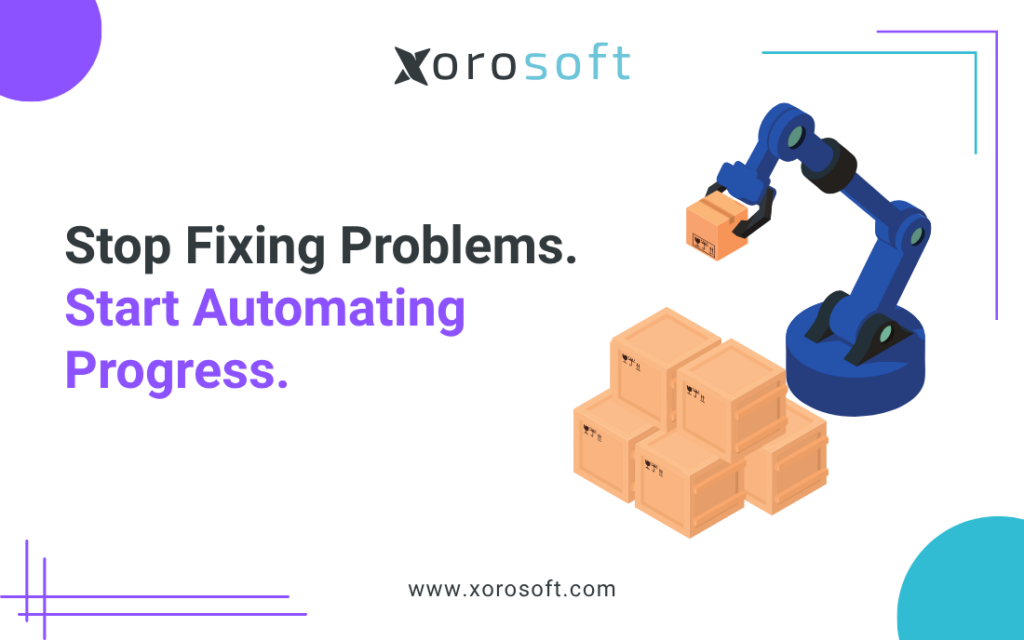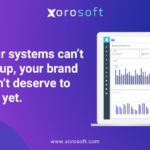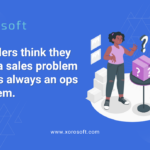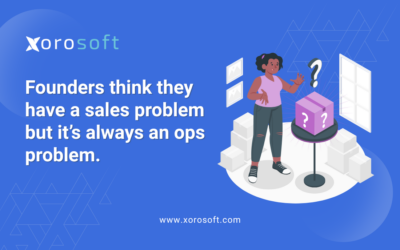
How Ecommerce Brands Move From Chaos to Control
If you’re leading a fast-growing ecommerce business, you already know how painful scaling operations can be. Orders spike, spreadsheets multiply, and “quick fixes” pile up until your team is juggling tasks instead of improving systems. Ecommerce process automation changes that reality. It replaces reactive fixes with proactive flow, so you can focus on strategy instead of spreadsheets.
Because automation connects tools and standardizes work, it prevents the same issues from returning. Consequently, you move from firefighting to forward planning. In this guide, you’ll learn how leading omnichannel brands automate progress rather than patch problems, with real examples, step-by-step actions, and measurable results.
Why Ecommerce Process Automation Beats Manual Fixes
At first, manual fixes seem harmless. However, every time you patch an issue by hand, you create new dependencies. Therefore, teams end up relying on human accuracy for tasks software can execute perfectly.
Consider these common patterns:
-
Inventory data in Shopify, Amazon, and QuickBooks never matches exactly.
-
Your WMS and accounting system still don’t talk to each other.
-
Every reconciliation consumes hours of manual checks.
-
Order errors quietly erode margin and customer trust.
Each “fix” feels like progress yet multiplies complexity. Instead, when you replace those patches with automated workflows, you break the loop permanently. As a result, accuracy improves and capacity expands without adding headcount.
The Case for Automated Ecommerce Operations
Think of automation as structural support for scale. Rather than asking your people to run faster, you redesign the track so running becomes easier and safer.
Because connected systems move data automatically, people make decisions using current, reliable information. Consequently, your brand stops reacting and starts anticipating. Imagine this operating rhythm:
-
Shopify and Amazon orders sync to fulfillment instantly.
-
Stock levels update across every warehouse in real time.
-
Purchase orders trigger automatically before you sell out.
-
Journal entries post daily without waiting for month-end.
With that foundation, your workday changes. Moreover, your team’s role changes—from repetitive execution to improvement and oversight. That is the promise of ecommerce process automation.
Step-by-Step Playbook for Ecommerce Process Automation
Each step links a goal → action → metric so you can track progress objectively.
Unify Systems to Eliminate Silos
Goal: Establish one source of truth.
Action: Connect Shopify, Amazon, WMS, and accounting into a single ERP.
Metric: Inventory sync accuracy reaches 100%.
When systems talk directly, reconciliation disappears; therefore, trust returns.
Automate Order Routing for Speed
Goal: Reduce order cycle time.
Action: Auto-route each order to the correct warehouse or 3PL.
Metric: Order processing time cut by 60%.
Consequently, customers receive faster shipments and issue volume declines.
Standardize Procurement for Predictability
Goal: Avoid last-minute stockouts.
Action: Use reorder thresholds to generate purchase orders automatically.
Metric: Inventory turns improve by 2×.
Hence, the team anticipates demand instead of scrambling to react.
Sync Accounting Automatically
Goal: See financials in real time.
Action: Automate SKU-level COGS and journal entries.
Metric: Month-end close reduced from 10 days to 2.
Therefore, margin and cash insights become daily, not retrospective.
Enable Exception Alerts
Goal: Surface small issues before they become big.
Action: Configure rules for stockouts, payment failures, and delayed shipments.
Metric: 90% fewer order-related escalations.
As a result, managers intervene early while customers remain unaffected.
Empower Teams to Manage Workflows
Goal: Elevate people from doers to designers.
Action: Train staff to monitor dashboards, resolve exceptions, and refine flows.
Metric: Productivity up 40%.
Moreover, morale improves because repetitive work shrinks.
Measure and Refine Weekly
Goal: Keep automation evolving.
Action: Review dashboard metrics every week and target new bottlenecks.
Metric: Zero manual interventions for 30 consecutive days.
Ultimately, consistency replaces chaos, and growth becomes predictable.
Mini Case: Apparel Brand Wins with Ecommerce Automation
A DTC apparel brand handled roughly 500 daily orders using five disconnected tools—Shopify, QuickBooks, a 3PL portal, and spreadsheets. Because reconciliation lagged, inventory errors created a 4% order-failure rate each week.
After rolling out unified ecommerce process automation via ERP, outcomes shifted within two months:
-
Pick accuracy improved from 92% to 99.6%.
-
Order cycle time dropped from 36 hours to 12 hours.
-
The same team doubled volume without overtime.
Their COO said, “It finally feels like the system works for us, not the other way around.” Consequently, stress decreased while output and accuracy climbed.
One-Week Ecommerce Automation Plan
If you need quick momentum, follow this seven-day starter plan. Since each day builds on the last, you’ll feel measurable progress almost immediately.
Start on Day 1 by mapping your complete workflow from order to cash and listing every manual touchpoint.
Next, Day 2 focuses on identifying your three biggest bottlenecks—typically order entry, stock syncs, or reconciliation.
By the time Day 3 arrives, choose a unified platform that connects sales, fulfillment, and finance.
Then, on Day 4, link Shopify, Amazon, and accounting tools for seamless real-time data exchange.
Afterward, during Day 5, automate at least one repetitive process such as PO creation or order routing to save hours.
Meanwhile, on Day 6, train your team to handle exceptions rather than perform manual entry.
Finally, Day 7 is review day—evaluate progress, measure hours saved, check pick accuracy, and confirm improvements in cycle time.
As a result, by the following Monday you’ll notice fewer errors, smoother coordination, and far greater operational clarity.
FAQs on Ecommerce Process Automation
How do we choose what to automate first?
Start where pain is highest and data crosses tools. Therefore, order routing, inventory sync, and invoicing usually deliver fast wins.
Will automation replace our team?
No. It amplifies them. People move from repetitive tasks to optimizing systems and improving customer experience.
Is deep technical expertise required?
Not anymore. Modern ERP platforms integrate directly with Shopify, Amazon, and QuickBooks with guided setup. Consequently, teams adopt quickly.
What if our stack is fragmented already?
Integration is precisely the objective. Because automation unifies systems, you keep what works and connect the rest into one flow.
Take the Next Step Toward Calm, Scalable Operations
The difference between brands that grow effortlessly and those that struggle isn’t budget; it’s architecture. Once your systems handle the routine, your people can focus on innovation, product, and lifetime value.
So don’t keep fixing the same issues. Instead, design workflows that prevent them.
Moreover, validate results against hard metrics so everyone can see progress.
See why ecommerce leaders rank Xorosoft ERP #1 for ease of use on G2. Explore the Shopify App to unify operations today. Or simply Book a Demo to watch ecommerce process automation in action.









